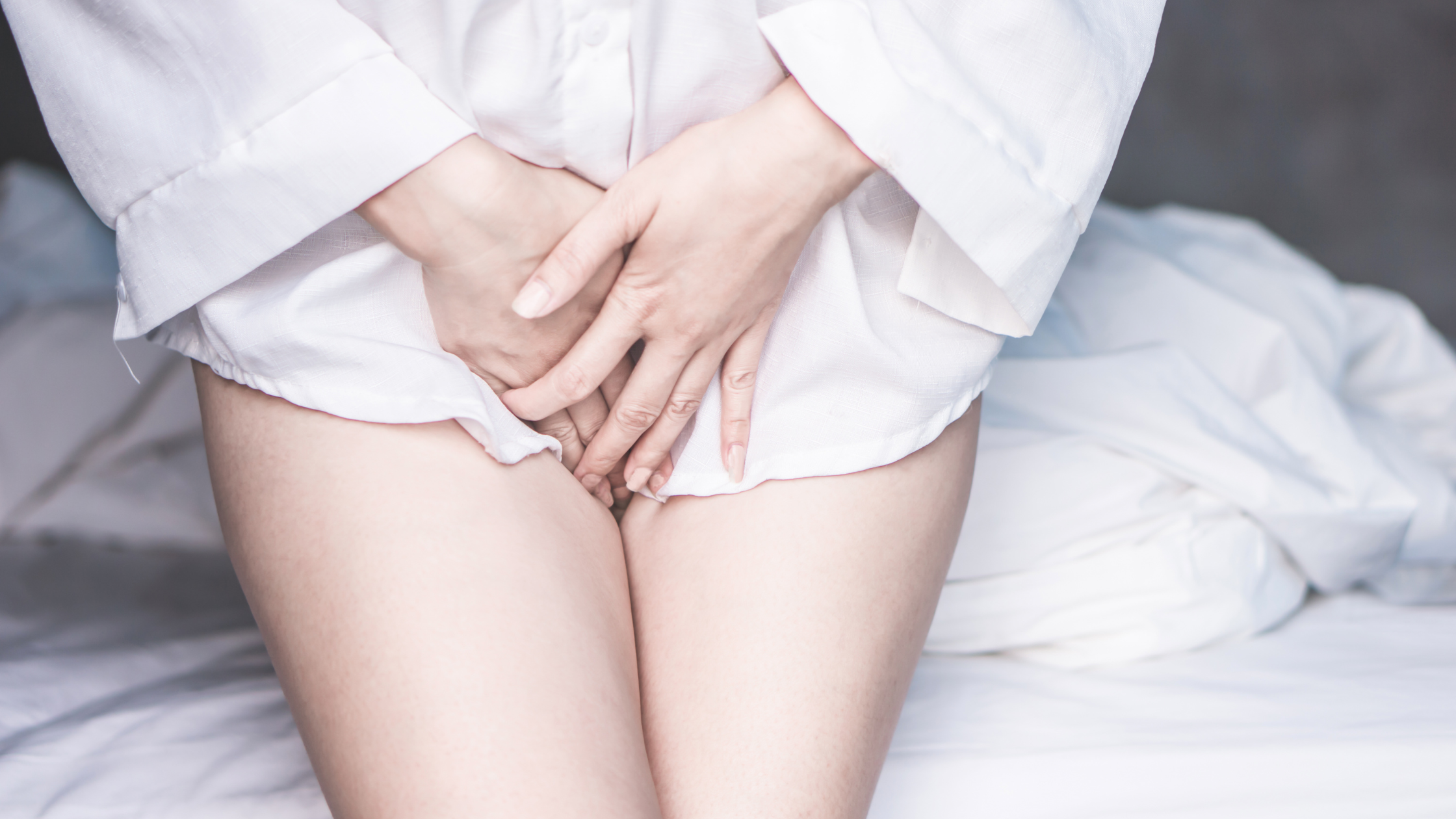The Short Story:
- Vulvodynia is a real pain in the vulva (pun intended) that affects around 6-8% of women.
- It’s characterized by a burning, stinging, or aching pain that can make sex or even sitting or walking uncomfortable or unbearable.
- There’s no one-size-fits-all treatment for vulvodynia, but there are a few things that can help, such as over-the-counter pain relievers, topical creams, pelvic floor physical therapy, and being mindful of the products you use on your vulva.
The Deep Dive:
Vulvodynia is a condition that affects the vulva, which is the external female genitalia. It’s estimated that around 16% of women experience vulvodynia at some point in their lives, and it can be a real downer for those who have it.
So, what exactly is vulvodynia? Well, it’s a chronic pain condition that affects the vulva. It’s characterized by a burning, stinging, or aching pain that can make sex or even sitting or walking uncomfortable or unbearable. It’s like having a constant UTI or yeast infection but without any underlying infection.
The cause of vulvodynia is not entirely understood, but it’s thought to be related to a problem with the nerves in the vulva. Some experts believe that vulvodynia may be caused by a sensitivity to certain chemicals or irritants, such as certain soaps or laundry detergents. Others think it may be related to a problem with the immune system.
There are a few different types of vulvodynia, and the symptoms can vary depending on the type. The most common type is called “vestibulodynia,” which affects the vestibule, the area around the opening of the vagina. This type of vulvodynia is characterized by pain during sex, insertion of tampons, or even just sitting or walking.
Another type of vulvodynia is “clitorodynia,” which affects the clitoris. This type of vulvodynia is characterized by pain or discomfort when the clitoris is touched or stimulated.
There’s no one-size-fits-all treatment for vulvodynia, but there are a few things that can help. Some women find relief from over-the-counter pain relievers, such as ibuprofen or acetaminophen. Others find relief from topical creams or gels that contain lidocaine or other numbing agents.
Pelvic floor physical therapy is also an effective treatment for vulvodynia. This type of therapy can help relax the muscles in the pelvic floor, improving blood flow to the area and helping to reduce pain and discomfort.
It’s important to be mindful of the products, like soaps and detergents, you use on your vulva, as certain chemicals can irritate and worsen symptoms.
Overall, vulvodynia is a real pain in the vulva, but there are things that can be done to help manage the symptoms. If you think you might have vulvodynia, it’s important to see your healthcare provider for an accurate diagnosis and treatment plan.
Sources:
- https://www.nva.org/media-center/
- https://www.mayoclinic.org/diseases-conditions/vulvodynia/symptoms-causes/syc-20353423
- https://dramrutainamdar.com/services/vulvovaginal-pain-pelvic-floor-dysfunction/
- https://my.clevelandclinic.org/health/diseases/17878-vulvodynia
Disclaimer:Pelvic issues are serious conditions and should be treated accordingly. Peli Health’s attempt at making the tone funny is to lighten the mood and help the reader feel more relaxed when reading about this subject. We are not medical doctors. We do not diagnose illness. The information on this site is provided for educational and informational purposes only and is not intended or implied to be a substitute for professional medical advice, diagnosis, or treatment. nor does it constitute providing medical advice or professional services. Always seek the advice of your doctor or other qualified health provider regarding a medical condition.


